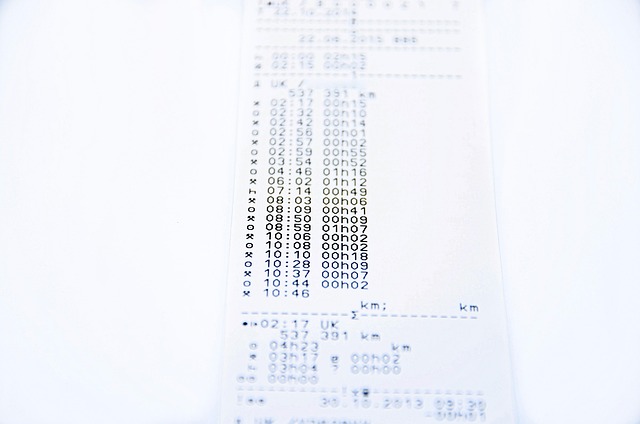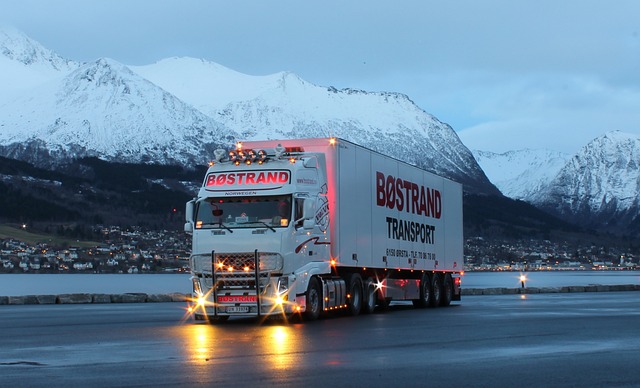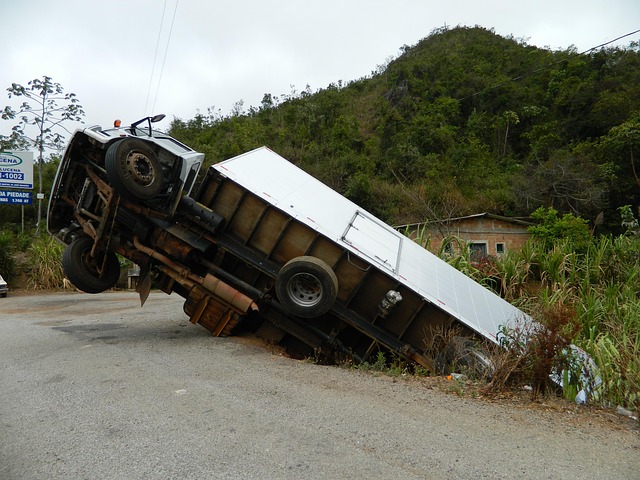For independent drivers, managing risks beyond traditional trucking operations is crucial. Non-trucking liability insurance offers vital coverage for activities like loading, unloading, and personal trips, mitigating financial burdens from accidents or legal issues outside typical duties. Comprehensive coverage, including updated policies based on industry standards and emerging risks, provides a robust safety net against vehicle damages, theft, natural disasters, and legal liabilities. Businesses should take proactive measures like regular reviews, advanced telematics, safe driving incentives, and training programs to ensure adequate independent driver protection and minimize potential losses.
In today’s dynamic transportation landscape, ensuring comprehensive protection for independent drivers is paramount. Integrating non-trucking liability into a well-rounded coverage plan is crucial for mitigating risks these drivers face while on public roads. This article delves into the intricacies of non-trucking liability, highlighting potential hazards and exposure for independent drivers. We explore how comprehensive coverage can serve as a shield against unforeseen events and outline practical steps to seamlessly integrate non-trucking liability into your coverage strategy.
Understanding Non-Trucking Liability: Risks and Exposure for Independent Drivers

For independent drivers, understanding non-trucking liability is crucial for managing risks and ensuring adequate protection. While traditional trucking insurance covers operations specifically related to transport, non-trucking liability steps in to address risks that arise during other activities, such as loading, unloading, or even personal trips. The exposure for these drivers is significant since they often use their vehicles for various purposes beyond transportation, including personal errands or local deliveries. Without specific coverage, independent drivers may face substantial financial burdens in case of accidents or legal issues occurring outside the scope of traditional trucking operations.
Non-trucking liability insurance fills this gap by providing crucial protection for independent driver protection during these diverse activities. It covers legal expenses and damages resulting from claims related to bodily injury or property damage sustained by third parties. This coverage is essential as it shields drivers from personal financial risks and ensures they can meet their obligations without facing severe economic repercussions. By integrating non-trucking liability into a comprehensive coverage plan, independent drivers can navigate the uncertainties of daily activities with greater peace of mind.
The Role of Comprehensive Coverage in Protecting Independent Drivers

Comprehensive coverage plays a pivotal role in safeguarding and providing independent driver protection. In the dynamic landscape of transportation, where drivers navigate diverse road conditions and ever-changing regulations, having robust insurance is essential. This type of coverage goes beyond traditional liability by offering a safety net for various unforeseen circumstances that may arise during operations.
For independent drivers, who often bear the brunt of financial risks without the support of large corporations, comprehensive insurance acts as a shield against potential losses. It can cover damages to personal vehicles, protect against legal liabilities resulting from accidents, and even offer financial stability in cases of theft or natural disasters. This proactive approach ensures that drivers are prepared for the unexpected, fostering a sense of security on the open road.
Integrating Non-Trucking Liability into Your Coverage Plan: Key Steps

Integrating non-trucking liability into your coverage plan is a strategic move for businesses and fleet managers to ensure comprehensive risk management, especially with the rise of independent driver operations. This step becomes increasingly vital as the gig economy expands, bringing about unique challenges in insuring both trucking and non-trucking activities. The key lies in recognizing distinct liability needs and tailoring insurance accordingly.
Here are the essential steps:
1. Identify Non-Trucking Operations: Clearly define activities that fall outside traditional trucking, such as local deliveries, last-mile transportation, or courier services. These operations often pose different risks and require specific coverage.
2. Assess Liability Risks: Evaluate potential liabilities associated with non-trucking operations, including property damage, personal injury, or legal responsibility. Understand the nature of goods being transported and destinations to identify unique exposure points.
3. Customize Insurance Policies: Work with insurance providers to design policies that cater to non-trucking liability. This may involve creating specialized coverage for general liability, auto liability, or commercial general liability, ensuring it aligns with your specific operations.
4. Independent Driver Protection: For independent drivers, ensure they have adequate protection through appropriate insurance policies. This can include personal injury protection, property damage coverage, and liability insurance tailored to their role in your operation.
5. Regular Review and Adjustment: As business needs change, periodically review and update your coverage plan. Stay informed about evolving regulations and industry best practices related to non-trucking liability to maintain a robust risk management strategy.
Maximizing Protection: Strategies for Continuous Improvement and Risk Management

To maximize protection, businesses should adopt a proactive approach to risk management, continuously evaluating and updating their coverage strategies. This involves regular assessments of evolving industry standards, new legal requirements, and emerging risks specific to non-trucking operations. By staying ahead of these changes, insurers can ensure that their policies remain comprehensive and effective in safeguarding independent drivers.
Implementing robust risk management practices includes diversifying coverages to address unique exposure points, such as general liability, property damage, and personal injury. Additionally, offering incentives for safe driving behavior, implementing advanced telematics systems, and promoting driver training programs can further enhance protection. These strategies not only mitigate potential losses but also foster a culture of safety and accountability among independent drivers.
Integrating non-trucking liability into a comprehensive coverage plan is a crucial step in safeguarding independent drivers against unexpected risks. By understanding their unique exposure, leveraging the protective powers of comprehensive coverage, and following key integration steps, independent drivers can maximize their protection. Continuous improvement and risk management strategies further enhance their safety net, ensuring they’re prepared for any eventuality on the road. Prioritizing these measures is not just about compliance; it’s about fostering a culture of safety and security for those who depend on their driving for livelihood.
